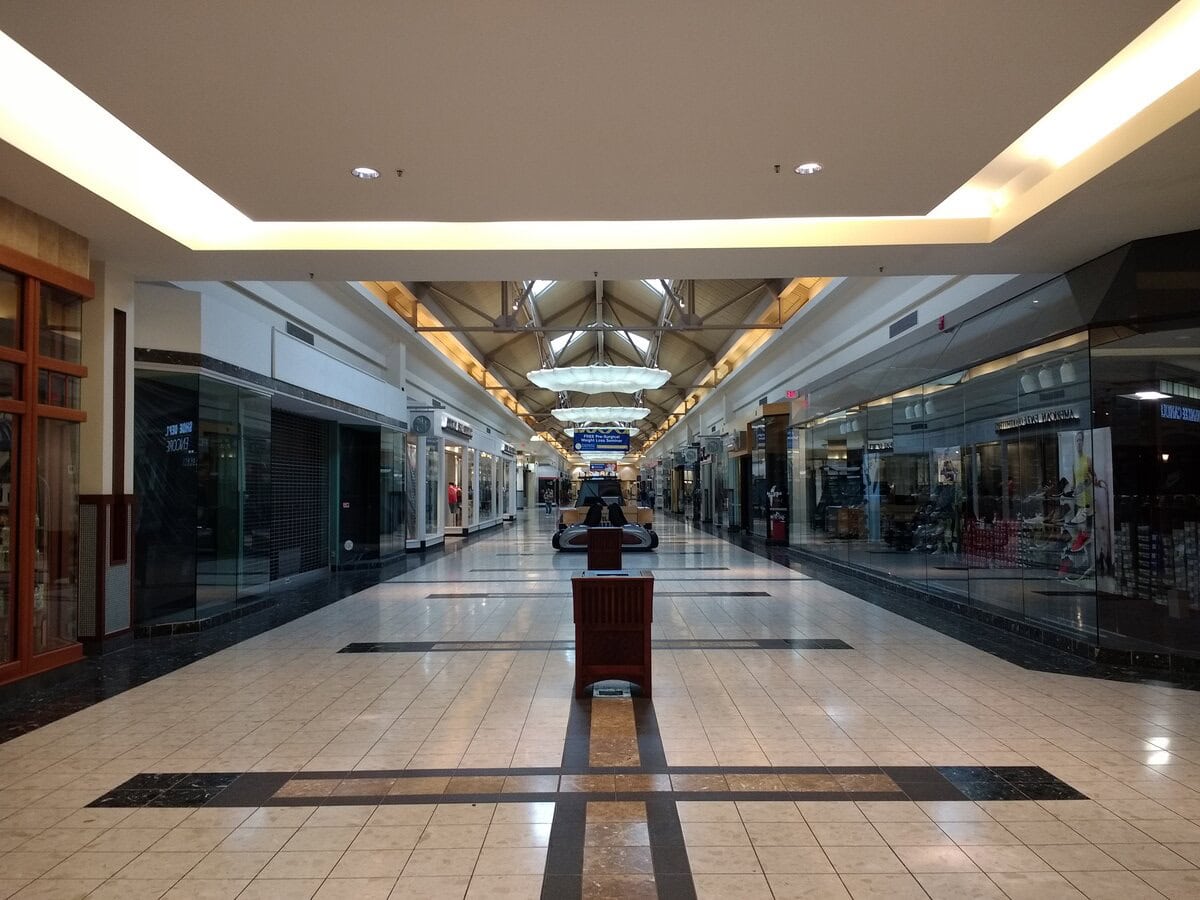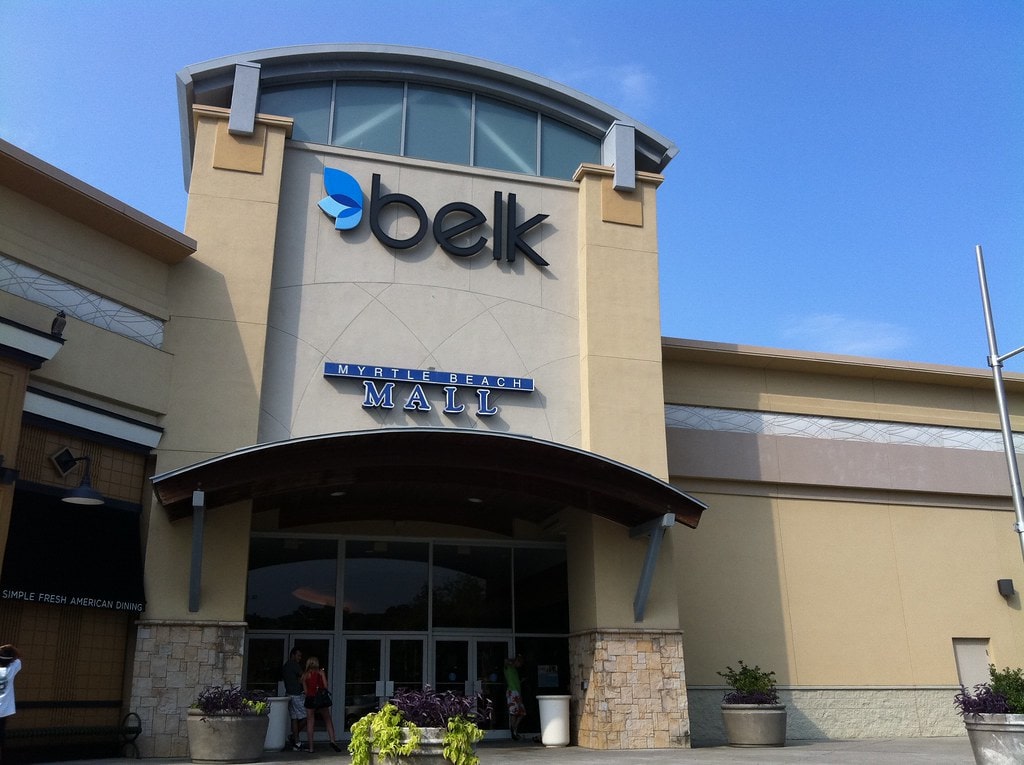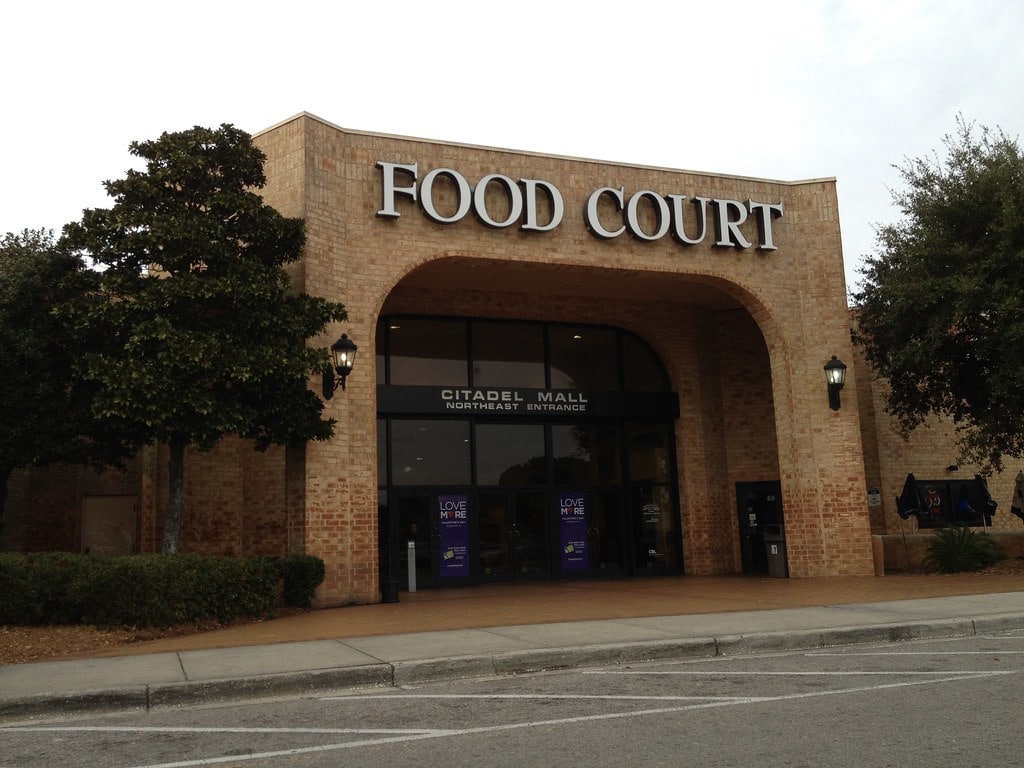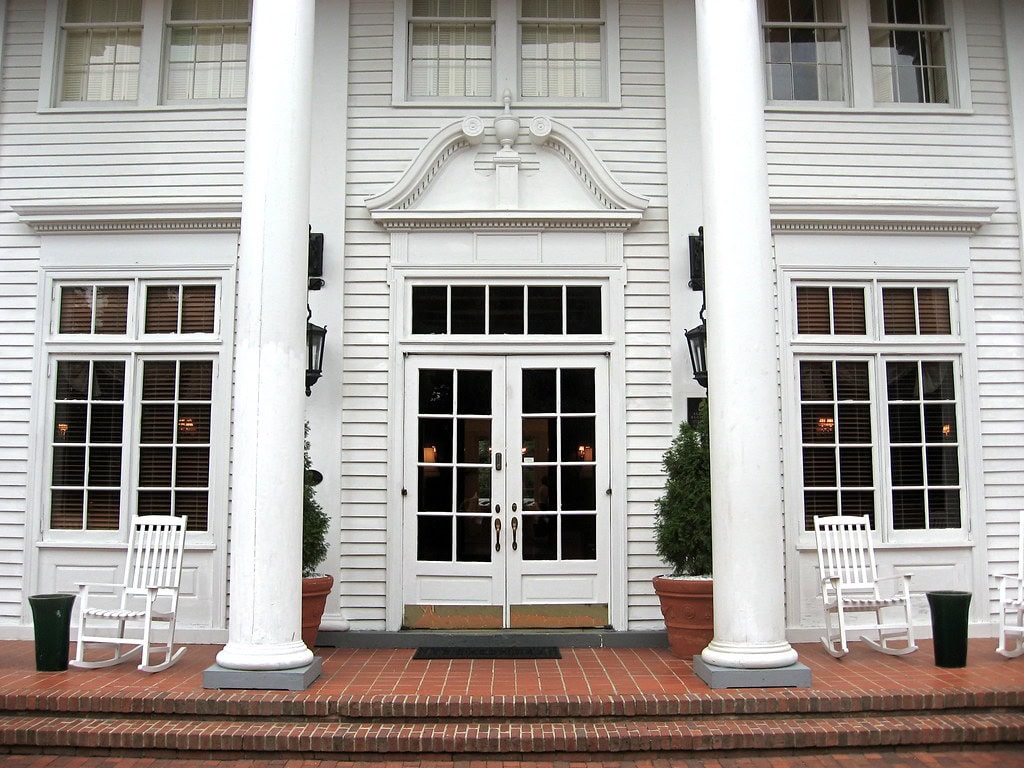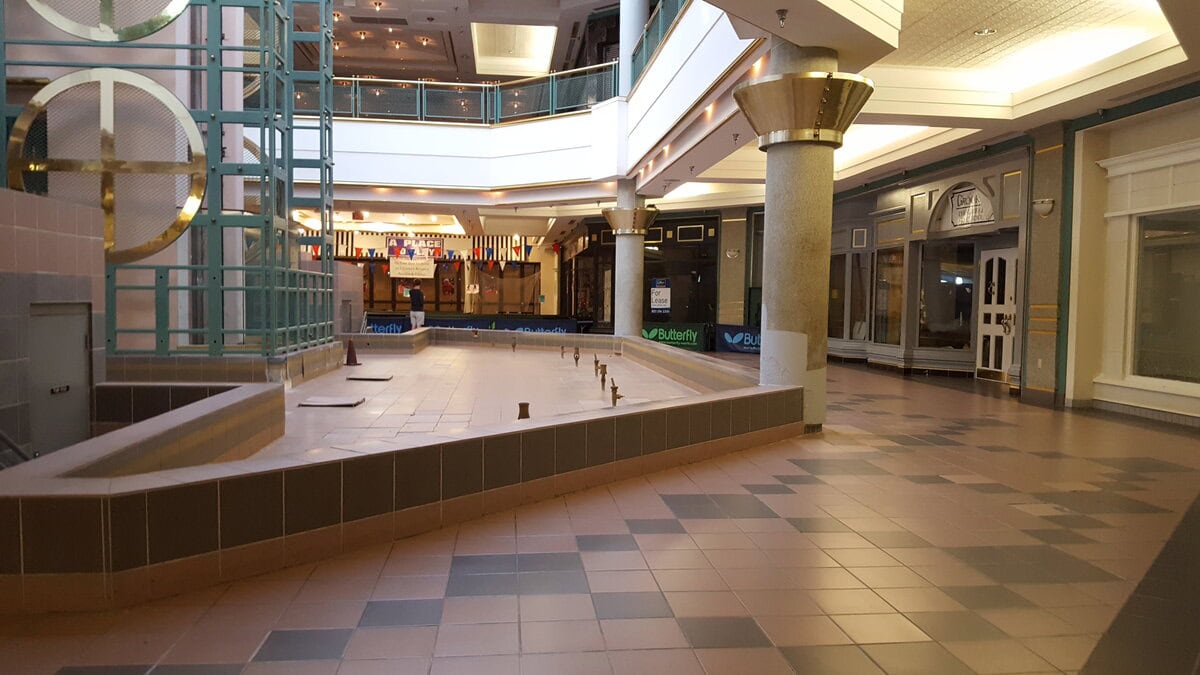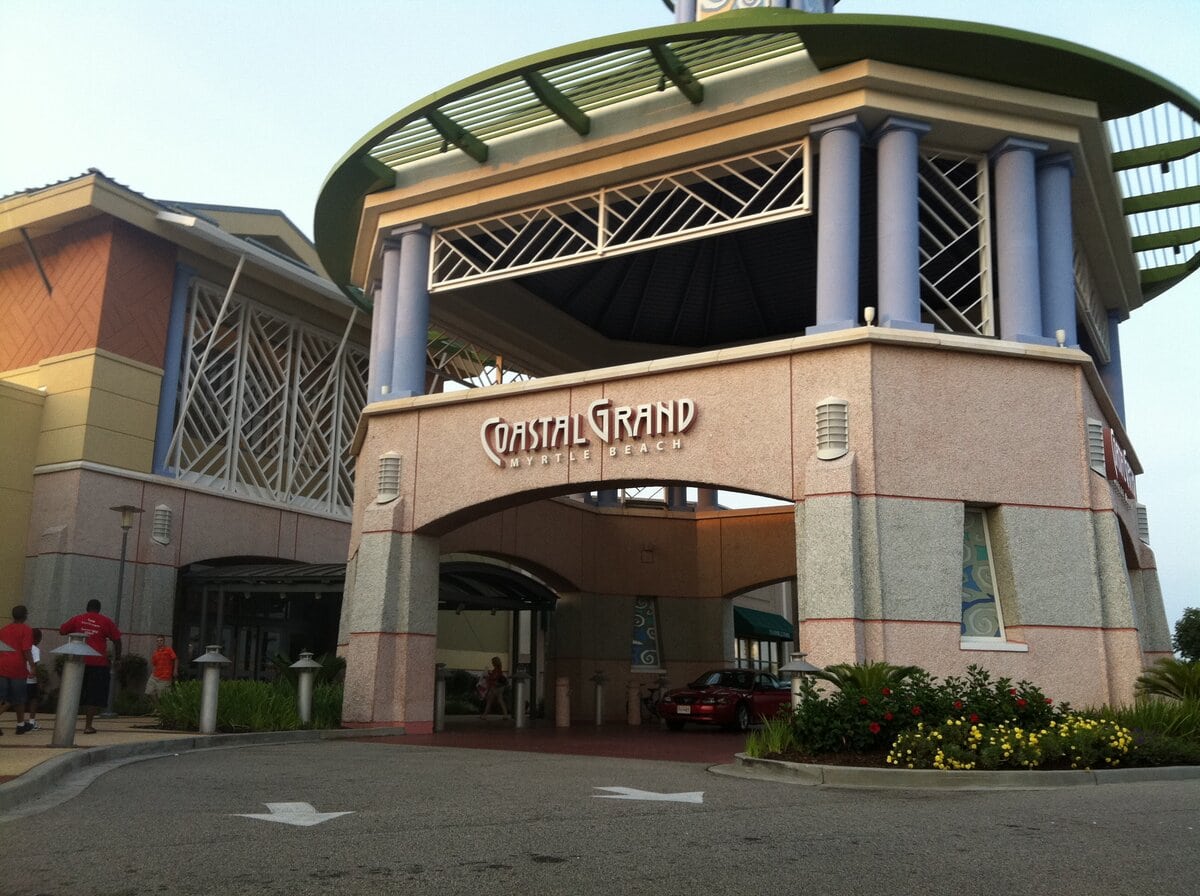The Mall That Defined a Generation
Before there were digital carts and tap-to-buy checkouts, there was Haywood Mall. Opening in July 1980, it didn't just add another shopping venue to Greenville, South Carolina. It rearranged the local retail map. Sears, JCPenney, and Belk-Simpson all left their established downtown spaces behind to plant their names here in a climate-controlled, two-level complex built for crowds.
At over 1.2 million square feet, the mall didn't blend in. It introduced something sprawling, deliberate, and built to last. People came for the department stores, yes, but also for the escalators, the skylights, and the sense that this was where commerce had moved.
For those scanning the list of things to do in Greenville, South Carolina, Haywood Mall made the shortlist almost immediately.
Retail Commitments and the Ground Game (1978-1980)
The plan came together in 1978.
Haywood Mall Associates, a collaboration between Cousins Properties and Monumental Properties, announced a new retail development that would include four major department stores and shift the axis of Greenville shopping.
JCPenney and Sears were the first on board, both agreeing to shut down their existing locations in favor of new spaces inside the proposed mall.
Rich's followed shortly after. The goal was to open in March 1980.
Belk-Simpson, another longtime downtown presence, signed on as the fourth anchor and confirmed it would relocate, too.
These weren't just leases. Each of these decisions pulled retail gravity away from Greenville's historic center.
In August 1979, Meyers-Arnold joined the mix. By that point, construction was already moving, and timelines were tightening.
Opening day would ultimately land on July 30, 1980.
Downtown merchants now had to reckon with a 170-store mall pulling customers toward the interstate.
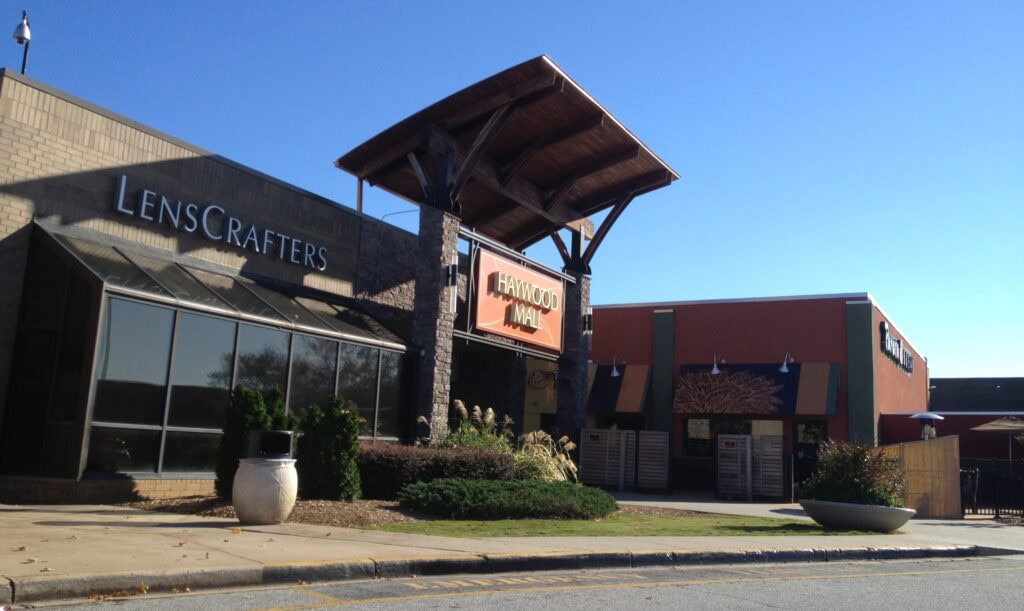
Launch Day Metrics and Early Tenant Turnover (1980-1989)
Haywood Mall opened its doors with four anchors already in place: JCPenney, Sears, Rich's, and Belk-Simpson.
The strategy paid off in foot traffic.
Alongside these, Meyers-Arnold operated as a junior anchor near the Sears end of the property, occupying 20,000 square feet.
For a while, this layout held steady.
That changed in mid-1987 when Meyers-Arnold was acquired and quickly converted to an Uptons department store.
The transition was short-lived.
Uptons shut down its Haywood Mall store on April 2, 1988, wrapping up operations in under a year.
Instead of bringing in another department store, the owners took a different route.
By June 1989, the empty space had been reworked into a full food court.
That change signaled a new direction in leasing strategy, less focus on single large-format tenants and more emphasis on dividing space among smaller vendors.
It also added a central gathering area, which helped keep shoppers on-site longer, especially families.
By the close of the 1980s, Haywood Mall had already started editing its own blueprint, learning to fill gaps left by failed leases without shrinking its retail draw.
Retail Footprint Expansion and Anchor Restructuring (1990s)
In 1995, Haywood Mall grew again.
This time, it wasn't a shuffle of tenants but a construction project that added new square footage and redefined the mall's layout.
Dillard's relocated its Greenville operations from McAlister Square Mall and signed on as a new anchor.
A new wing had to be built to make space, and the result was a three-level store that connected directly to the existing mall corridor.
Dillard's brought its full inventory and a newer retail concept into the space, giving the mall a fresh draw.
While Dillard's took the headlines, the rest of the mall evolved in quieter ways.
Smaller retailers followed the traffic, filling in leases near the new construction.
Leasing agents focused on keeping occupancy high without over-relying on seasonal vendors or temporary stalls.
Management didn't release full lease rates publicly, but commercial real estate analysts in the area flagged Haywood as one of the stronger retail performers in the state during this decade.
With five major anchors now in place and two levels of shopping throughout most of the mall, the 1990s saw the property settle into a high-traffic rhythm that would carry into the next era of retail challenges.

Retail Mix Shifts and Lease Pattern Rebalancing (2000s-2010s)
In the 2000s, Haywood Mall operated without major construction but kept busy on the leasing front.
The anchor stores stayed the same, but the spaces between them told a different story.
New chains arrived. Older tenants left quietly. National retailers like Hollister, Sephora, and GameStop came into view across different wings.
Foot Locker expanded during this period. At the same time, local names thinned out.
Leasing patterns shifted toward known brands with national backing and clear seasonal rotations.
During the 2008-2009 recession, Haywood Mall didn't avoid losses, but it avoided collapse.
Vacancy never overtook visibility. Shoppers still came. Chains still renewed leases.
Managers focused on internal refurbishments. Overhead tiles, escalator edges, and storefront frames were updated in phases.
Instead of marketing large changes, they relied on slow, consistent work to keep the interior from aging out.
Anchor Exit and Tenant Turnover in the Post-Sears Cycle (2020-2025)
Sears announced its closure at Haywood Mall on February 6, 2020.
The shutdown happened in April, ending a 40-year presence.
The departure left a gap that another department store didn't immediately fill.
Instead, the vacant anchor space was split. Two separate tenants, Round1 and Primark, committed to different portions of the old footprint.
Primark signed its lease at Haywood Mall on March 25, 2025, marking its first entry into the South Carolina retail market.
While construction is underway, an exact opening date hasn't been announced, though the plan is to target sometime in 2025.
Round1, also taking space in the former Sears footprint, is listed for a fiscal year 2027 launch.
That places its likely opening between spring 2026 and early 2027, depending on how quickly the buildout moves and where it lands in the company's rollout schedule.
Rather than backfill the site with one large-format tenant, Simon Property Group recalibrated.
The approach matched newer real estate models that blended entertainment and apparel under one roof.
It reflected larger leasing patterns happening in comparable markets, where traditional anchors gave way to experiential retail and off-price categories.

Incident Response and Safety Infrastructure (2024-2025)
On June 4, 2025, Haywood Mall made headlines twice in one day.
A fire broke out in the former Sears wing, now under construction.
Fire crews arrived quickly and managed to contain the blaze.
Smoke was visible from the parking lot, and video clips circulated within the hour.
No injuries were reported, and the mall did not close during the response.
Damage was limited to the construction area.
Later that same afternoon, Greenville Police were called back to the property for a separate issue.
A fight involving several juveniles near the mall entrance escalated when a gunshot was fired.
According to police, no one was hit. An 18-year-old named in official reports was arrested and charged with breach of peace and aggravated assault.
Surveillance footage and on-site interviews indicated the individuals involved knew each other prior to the altercation.
Following both incidents, Simon Property Group moved quickly.
They increased uniformed patrols and extended surveillance coverage.
Mall traffic was not restricted, but visible security changes were in place by the weekend.
These events, while separate, accelerated safety-related upgrades already underway before the June incidents.
🍀



